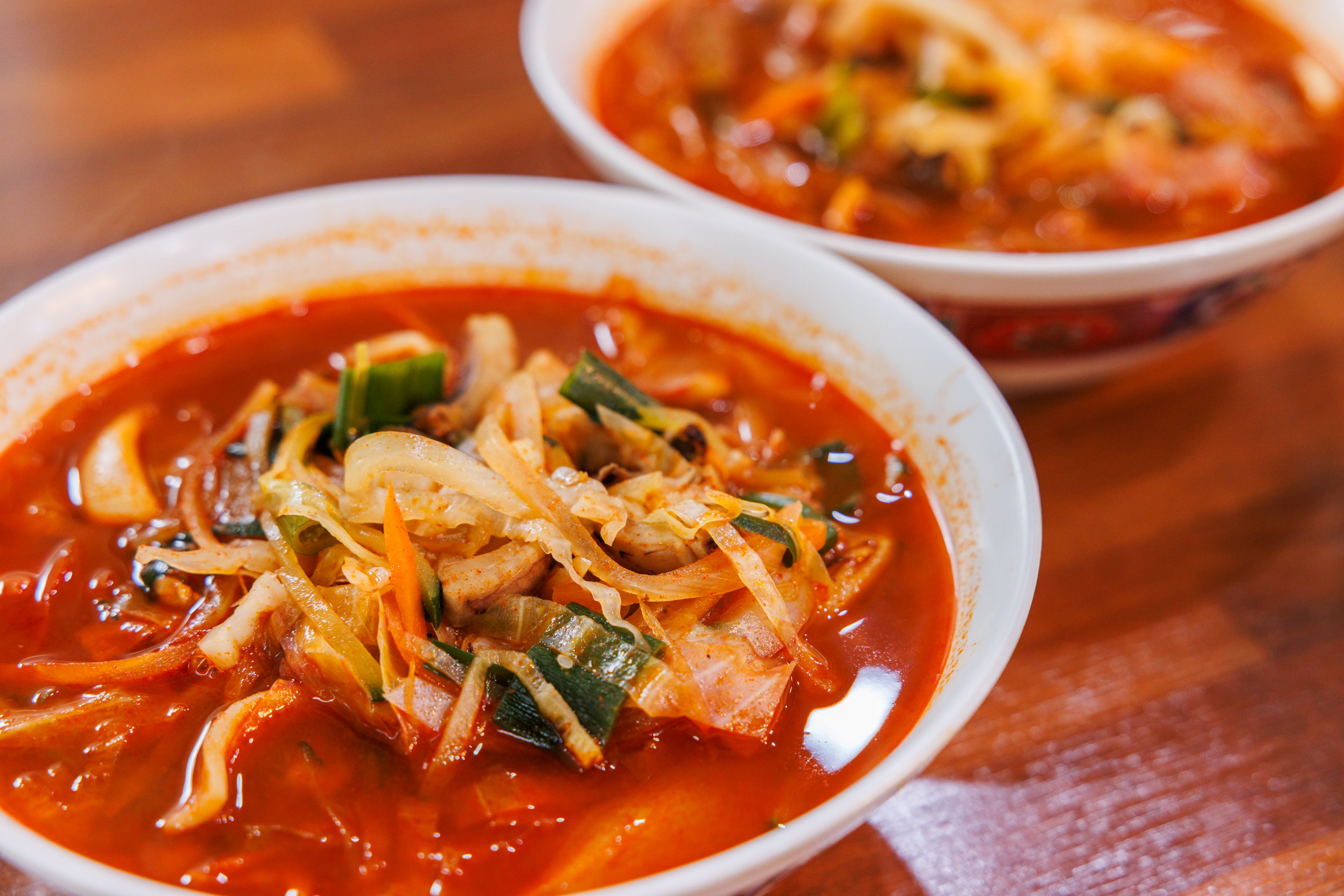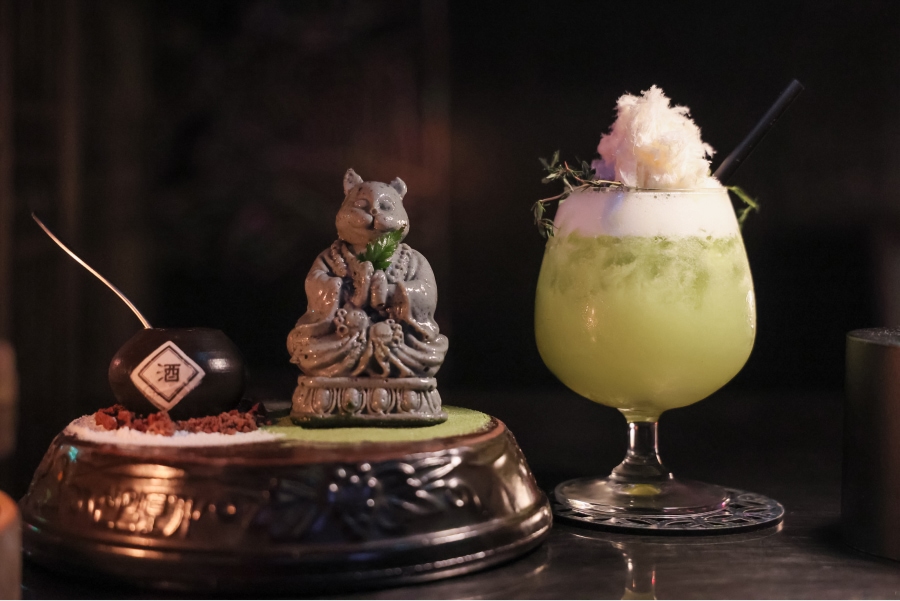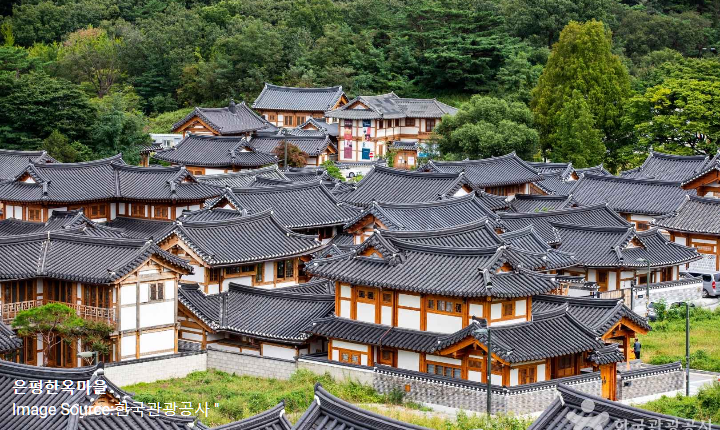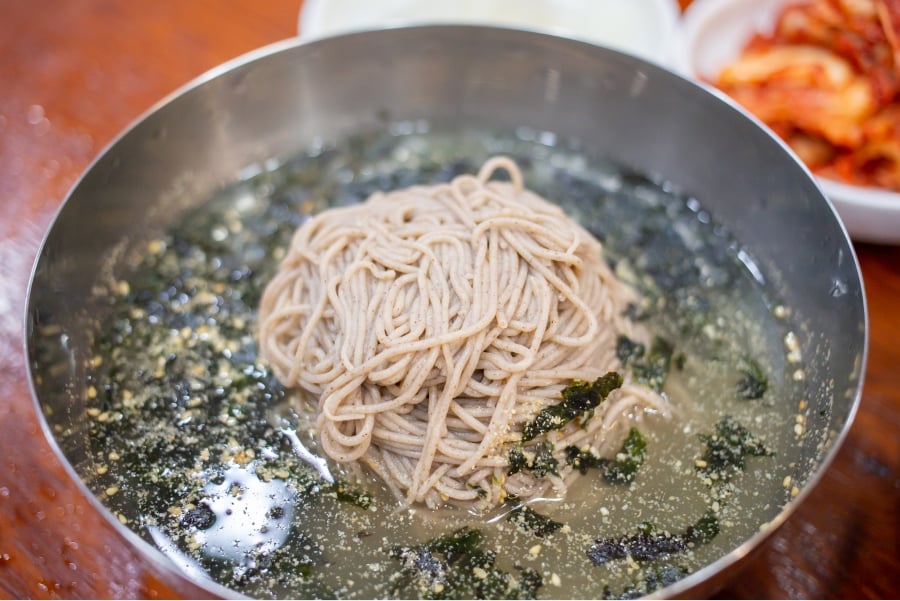Discover the Perfect Hangover Cure: Exploring Korea’s Beloved Broth Remedies
As Koreans are renowned for their love of drinking, it’s no surprise that they have also developed a deep appreciation for the perfect hangover cure. After a wonderful night of indulging in the country’s vibrant liquor scene, the ultimate solution to your aching head and painful guts is a warm, nourishing broth.
To truly claim that you’ve experienced the full drinking culture in Korea, you must not overlook the importance of trying the local hangover foods. These delectable dishes are not only a remedy for your physical ailments but also a restorative for your spirit.
Categorizing Korea’s Hangover Broth Styles
When it comes to hangover-curing broths in Korea, there are essentially two distinct types: the red and spicy, and the clear and savory. It’s impossible to definitively declare one as superior, as each offers its own unique benefits and appeals to different palates.
Red and Spicy Hangover Broth
The fiery, red-hued broth is a popular choice among Koreans seeking a robust and invigorating hangover cure. The spicy kick from ingredients like gochujang (red chili paste) and ginger helps to stimulate the senses and kickstart the recovery process.
Clear and Savory Hangover Broth
On the other hand, the clear and savory broth offers a more soothing and restorative experience. This type of broth is often made with
Here is the content with the requested edits:
Spicy Beef Soup: A Hearty Korean Hangover Cure
Spicy Beef Soup, or Yukgaejang, is a combination of the words “yuk,” which means meat, and “gaejang,” a spicy broth dish made with diverse ingredients. As the name suggests, Spicy Beef Soup is a soup made with beef, bracken, mung bean sprouts, and leek. Seasoned with chili powder, a mix of salt, sugar, and soy sauce is added to give it its signature flavors. Sometimes, chicken is used instead of beef, which is called “Spicy Chicken Soup.” The spicy and hearty flavors of beef and diverse vegetables offer rich tastes, making it a great hangover cure and something to be paired with liquor. The deep and rich flavors give the “siwonhan” sensation, a unique feel that you can get from having a very good Korean hangover cure. Perhaps that’s why it’s loved by many Koreans.
Spicy Beef Soup used to be a menu item for the king during the Joseon dynasty, but now it has become a public favorite that everyone enjoys at home. The red color of the broth is meant to dispel bad spirits, so it is a menu item provided at the funeral house in Korea for visitors. As such, Spicy Beef Soup is a very friendly menu found in daily life in Korea.



Spicy Seafood Noodle Soup: A Fiery Korean-Chinese Fusion
Like Black Bean Sauce Noodles, Spicy Seafood Noodle Soup is a localized Chinese food, a spicy broth noodle soup with stir-fried vegetables, seafood, and meat. Spicy Seafood Noodle Soup seems to have appeared around 1945, and it was originally a noodle soup with white broth and thin chili peppers on top of it. As spicy food became more popular in the 1970s, Korean Chinese restaurants began making spicy versions of this noodle soup with chili powder and oil, which developed into its current form. Spicy Seafood Noodle Soup can be further categorized into different types, for instance, Spicy Seafood Noodle Soup with Oysters, Spicy Seafood Noodle Soup with Squid, Premium Spicy Seafood Noodle Soup (with prawns, sea cucumber, squid, etc.) and more.
Spicy Seafood Noodle Soup is made by quickly stir-frying ingredients in high heat to add the barbeque-y flavor of flames (adding a scorched flavor by making the flame touch ingredients directly) and has the rich flavors of seafood and spicy-savory broth. It is one of the most loved hangover cures of Koreans.
Soft Bean Curd Jjigae: A Comforting Korean Stew
Soft Bean Curd Jjigae is a food made by boiling soft tofu with clams, pork, spring onion, garlic, and chili powder. Some recipes include egg, mushroom, and chili oil. Soft Bean Curd Jjigae was introduced as the main menu of the restaurant run by the protagonist of “Crash Landing on You,” a Korean drama that premiered in 2020. As the show became popular overseas, many foreigners became interested in it. Soft Bean Curd Jjigae is a common menu found in Korean Towns in the USA and Canada, and it is one of the most popular Korean foods for international people.
Usually, Soft Bean Curd Jjigae in Korea is a red and spicy stew with chili oil. (Some regions’ Soft Bean Curd Jjigae has white broth.) Soft Bean Curd Jjigae is a popular hangover cure thanks to its spicy soup and soft tofu. If you want to taste some authentic Soft Bean Curd Jjigae, find a restaurant that makes their own soft tofu. You can enjoy the nutty, savory, yet delicate flavors of soft tofu.
Dried Pollack Soup: A Nourishing Korean Hangover Cure
Dried Pollack Soup is a soup made with a thick broth of pollack dried with sea breeze. The soup’s broth is made by boiling the head of dried pollack, radish, spring onion, and garlic. Shredded dried pollack, radish, and minced garlic are added to the broth and topped with tofu and leek to complete a bowl of Dried Pollack Soup, an iconic Korean hangover soup. If the broth is not available, rice-washed water is sometimes used, and an egg is used to deepen the taste.
Pollack is rich in amino acid that protects the liver and helps to relieve hangover symptoms. Koreans make Dried Pollack Soup as a breakfast menu for family members who have a hangover due to excessive drinking the night before. You can use a different type of dried pollack, which has a richer flavor and has been made by repeating the drying and thawing process in winter.



Bean Sprout and Rice Soup: A Nutritious Korean Hangover Cure
Bean Sprout and Rice Soup is a food that combines Bean Sprout Soup and steamed rice with salted shrimp for seasoning and chili, leek, and laver on top. Bean Sprout and Rice Soup is loved not just for its amazing broth, but also for Vitamin C and aspartic acid in bean sprouts that protects the liver and offer actual hangover cure effects.
The most popular type of Bean Sprout and Rice Soup is Jeonju style. It is characterized by a separate serving of a poached egg. Consider it an appetizer that you have before your meal. Pour a couple of spoonfuls of the boiling broth into the bowl of the poached egg. Shred the laver on top of it and swirl it with a spoon. It will further cook the poached egg and turn it into a thick broth. Now, hold the bowl of the poached egg and just drink it whole. Jeonju-style Bean Sprout and Rice Soup is served with finely cut squid, and the chewy and crunchy texture together will capture your palate.
Pyeongyang Cold Buckwheat Noodles: A Refreshing Korean Delicacy
Pyeongyang Cold Buckwheat Noodles is a noodle dish made with buckwheat noodles, cold meat broth, Radish Water Kimchi broth, and various garnishes. It is a local delicacy of Pyeongyang, and in the 1940s, it began to gain popularity in Eulji-ro, Seoul. It was when dining out was a rare occasion, Pyeongyang Cold Buckwheat Noodles was a special menu to the public.
Pyeongyang Cold Buckwheat Noodles usually uses cooled-down beef or chicken broth with Radish Water Kimchi broth in a 1:1 ratio. Radish Water Kimchi broth adds refreshing and sour flavor, and the subtle meaty flavor of meat broth soothes your blazing innards after binge drinking. Some find it bland and tasteless, but once you get addicted, there is nothing better. It was also listed as among UNESCO Masterpieces of the Oral and Intangible Heritage of Humanity in 2022.
These Korean hangover cures offer a delicious and nourishing way to recover from a night of overindulgence. Whether you’re craving a spicy soup, a comforting stew, or a refreshing noodle dish, these traditional Korean dishes have you covered. Explore these culinary gems and experience the unique flavors and healing properties that make them beloved by Koreans.




